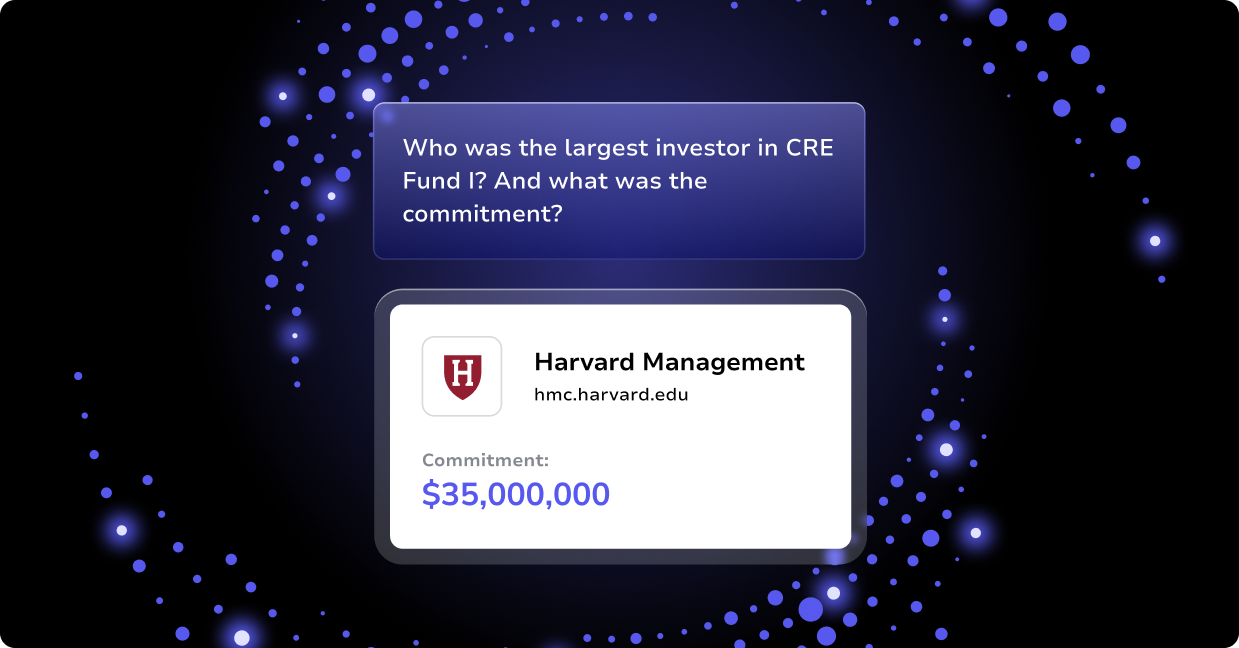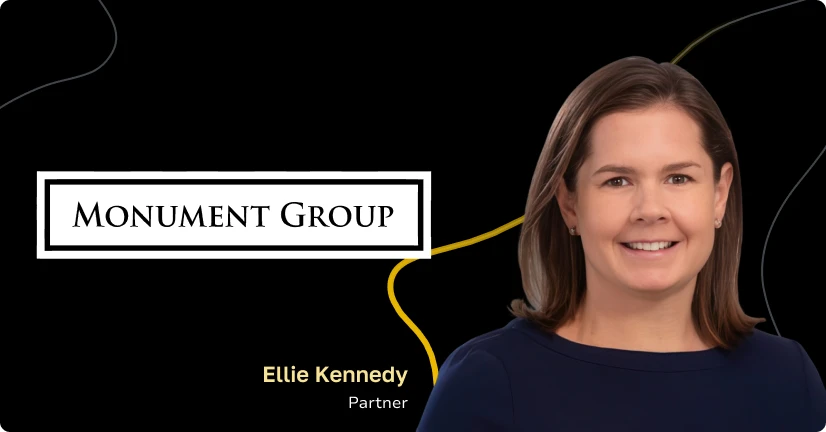Because SaaS (software as a service) products are, by definition, hosted remotely, and often supported remotely as well, the role of IT in researching and evaluating options is growing increasingly unclear.
Fund managers in the market for new fund management software—or any SaaS offering—will often send a member of their IT team out to evaluate the market and determine the best options.
Frequently it’s the IT director. Why? Well, it’s a technology solution, so who better to assess the contenders than the person at the top of the IT group.
However, that approach exposes firms to a potential pitfall. And it’s a significant one—one that can haunt them for years after they make their purchase.
The IT-Only Approach to Purchasing Software
There are many types of solutions that an IT director can assess on their own and approve for purchase. Often, they are infrastructure-related systems about which the director is the firm’s top authority.
Fund management software is another beast altogether. The problem with putting the IT director on point for your software selection process is that they typically look at products primarily or exclusively from a technical perspective. You can’t blame them—technology is their thing.
Unfortunately, with this approach, the end-users of a software solution may not even be brought into the conversation until a short (sometimes very short) list of potential providers has been created. That means users don’t learn about products that have excellent functionality but have been excluded from the list due to some technical issue, and potentially an issue that really wouldn’t negatively impact the value of the solution to the firm.
In other words, an IT director may be inclined to “throw the baby out with the bathwater,” which leaves the firm with a product that isn’t ideal but that they’ll now have to live with for the foreseeable future.
The User-Only Approach to Purchasing Software
So, if the IT director’s software selection criteria may be skewed toward the technical aspects, a better approach is to let users make the decision without IT’s help, right?
Especially since the whole point of cloud-based software is to remove the technology from the premises, meaning there isn’t much for a SaaS provider and an IT director to talk about anyway.
Actually, users have their own biases and blind spots, as well. And because SaaS solutions are “technology”, input from IT is still important and valuable.
A fund management software solution that has all the “bells and whistles” a fund manager could ever want but that doesn’t play well with other applications, for example, is not going to provide the kinds or degree of benefits a firm is looking for.
The Middle Way to the Right Fund Management Software
It will come as no surprise—particularly on the heels of the previous two sections—when we say that we have found that the most effective fund management software evaluations are performed not by one person from a particular department, but by two people from different departments working as a team.
Specifically, having the IT director and someone from the fund management group work together is ideal. The IT director still must be involved in evaluating the viability of a SaaS platform in terms of attributes like security, uptime, and performance. IT might also evaluate the possibility of integrating a new solution with other systems already in use.
The fund manager can weigh in and judge each solution based on other aspects such as functionality, usability, the extent to which it matches (or can be made to align with) existing processes, the industry knowledge of the support staff, etc. And this is no ceremonial “final blessing” authority. A fund manager should be involved in the search right from the start. In fact, there’s nothing wrong with the manager observing the assessment that the IT manager makes. Doing so will only make them that much more helpful in future software evaluations.
Fund Management Software Selection: A New Skill on the IT Director’s Resume
Keep in mind that researching SaaS solutions (as opposed to on-premises solutions) and being involved in the buying process may feel odd to the IT director and others in the department. “If it’s hosted remotely and doesn’t affect any existing systems, why should we care?” is a common way for IT to look at this process.
But the job of IT, especially as SaaS solutions have become the dominant type of system, is less about racking servers and more about helping the organization find technology that makes the business more successful.
So, if you’re looking for fund management software, get your IT director and fund manager together and let them know that their insights and input will be vital to finding the ideal solution.




